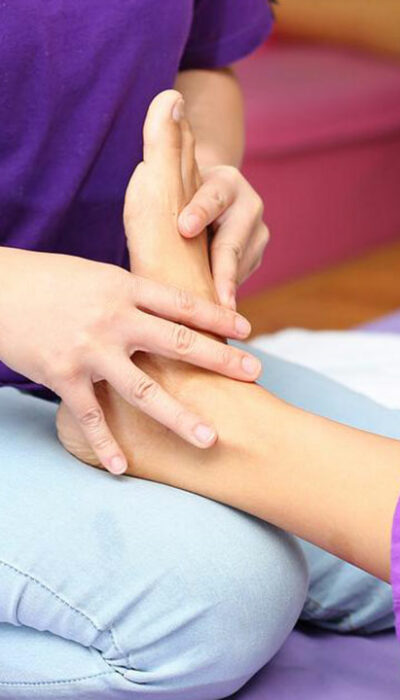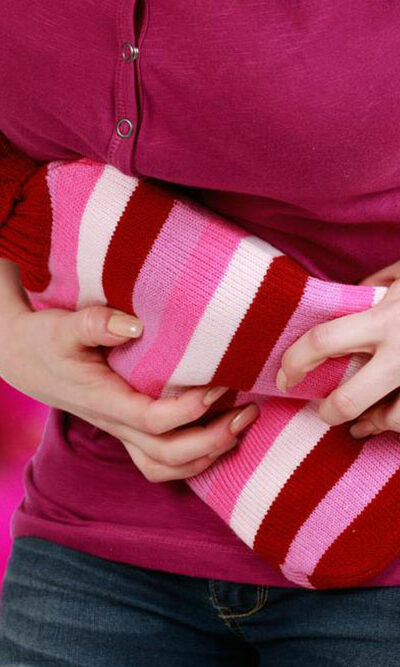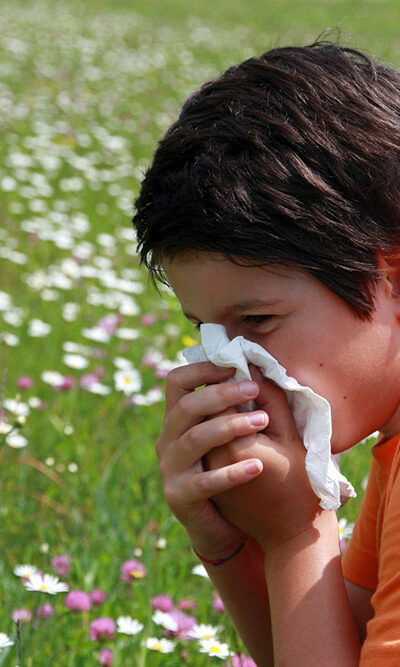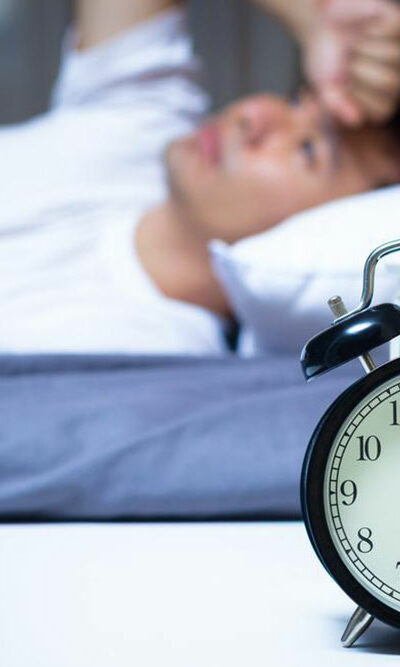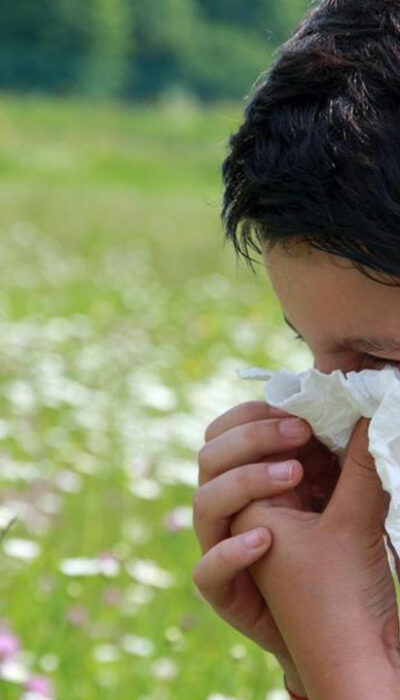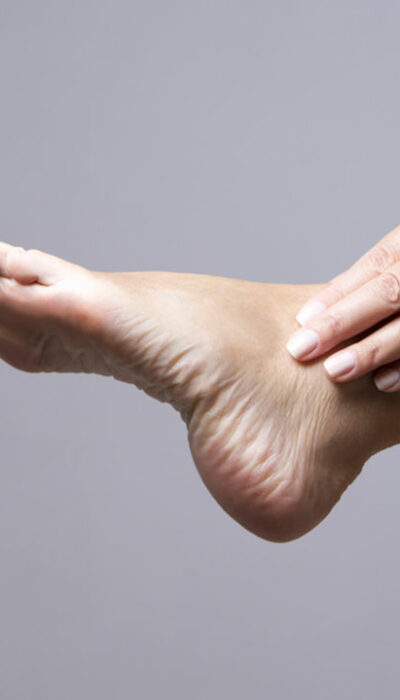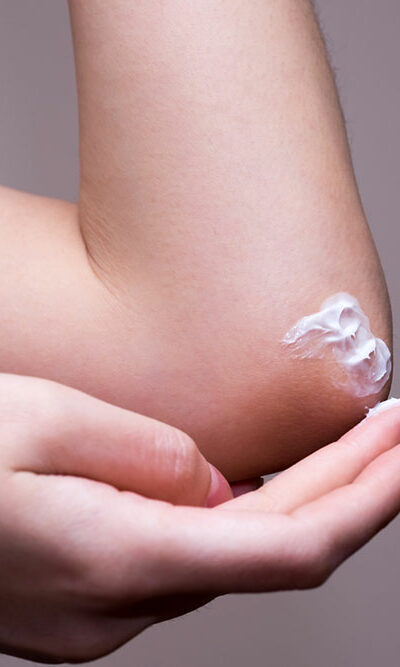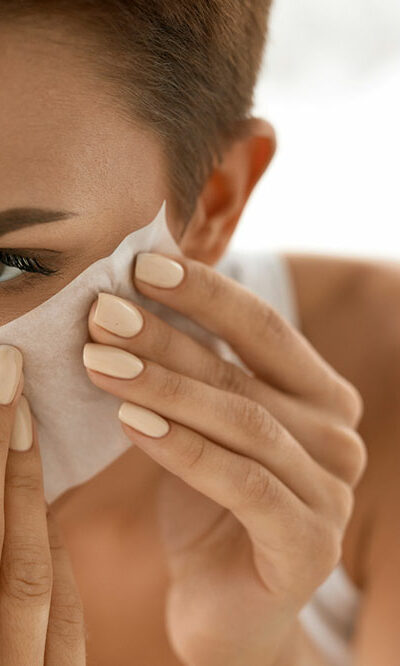
6 ingredients you should look out for in a lipstick
Makeup, in general, enhances the beauty of individuals using it and a lipstick is a makeup staple. It enhances the shape and color of the wearer and can instantly brighten up an outfit. Lipsticks are available in a variety of colors and shades and going from a light pink shade to a bold red at night can transform one from collected working professional to ready-for-a-night-out. But, for a product as widely used as lipsticks, how many of us have ever actually paid attention to its ingredients? Cosmetics can wreak havoc on the skin if one is not careful, and it is very important to choose lipsticks made of ingredients that do not harm your health. Here are 6 ingredients to look for in a lipstick so you can know which ones to not pick up. Ingredients to avoid while hunting for your favorite lipstick Parabens: Parabens present in lipsticks can lead to toxicity and may also lead to cancer. It can result in skin irritation and has also shown signs of disturbing the endocrine system. The next point talks about one type of paraben widely found in lipsticks. Methylparaben: Although methylparaben is widely used in cosmetics because of its preservative properties, high levels of this ingredient can cause harm to the endocrine system, as it gets quickly absorbed through the skin. So one should avoid buying lipsticks with methylparaben in them and opt for natural alternatives like essential oils, vitamins, and herbal extracts. Lead: Lead, a neurotoxin, can lead to serious health issues and is found in a number of lipsticks. It is not an actual ingredient but it makes it way through pigments used during the manufacturing process. Neurotoxin present in lead can damage the nervous system, cardiovascular system, and cause cognitive dysfunction. It can also cause harm to the reproductive organs.
